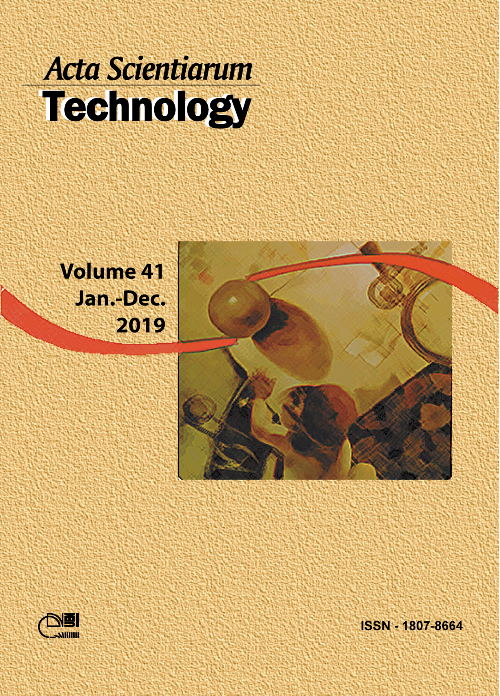Lipopeptide biosurfactant produced by <i>Mucor Circinelloides</i> UCP/WFCC 0001 applied in the removal of crude oil and engine oil from soil
Palavras-chave:
biotensoative, surface tension, hydrocarbon, bioremediation.Resumo
Â
Biosurfactants are molecules synthesized by a wide variety of microorganisms They are characterized by the ability to reduce surface tension and act in the dispersion, solubilization, mobilization, removal and viscosity of petroleum and its derivatives. The aim of this study was to produce biosurfactant using the filamentous fungus M. circinelloides in cultivation with previously established conditions to evaluate its properties, characterize the chemical structure and investigate the application of the biomolecule in the hydrocarbon recovery. Biosurfactant yield was 6.0 g L-1. The surface tension was reduced to 26 mN m-1 with a critical micelle concentration (CMC) of 1.5%. The biosurfactant exhibited stability to surface tension under adverse environmental conditions. M. circinelloides surfactant is similar to chemical surfactants for presenting Oil displacement area of 50 cm2 in water-in-oil dispersion, as well as reduce the oil viscosity from 843.6 to 14.7 cP. Physical-chemical analyzes showed that the biosurfactant produced is a lipopeptide. The cationic character was identified by performing the zeta potential. The biosurfactant demonstrated no toxicity and recovered 95.9% of motor oil adsorbed on a clay soil sample, presenting considerable potential for use in bioremediation processes, especially in the petroleum industry.
Downloads
Downloads
Publicado
Como Citar
Edição
Seção
Licença
DECLARAÇíO DE ORIGINALIDADE E DIREITOS AUTORAIS
Declaro que o presente artigo é original, não tendo sido submetido í publicação em qualquer outro periódico nacional ou internacional, quer seja em parte ou em sua totalidade.
Os direitos autorais pertencem exclusivamente aos autores. Os direitos de licenciamento utilizados pelo periódico é a licença Creative Commons Attribution 4.0 (CC BY 4.0): são permitidos o compartilhamento (cópia e distribuição do material em qualqer meio ou formato) e adaptação (remix, transformação e criação de material a partir do conteúdo assim licenciado para quaisquer fins, inclusive comerciais.
Recomenda-se a leitura desse link para maiores informações sobre o tema: fornecimento de créditos e referências de forma correta, entre outros detalhes cruciais para uso adequado do material licenciado.















